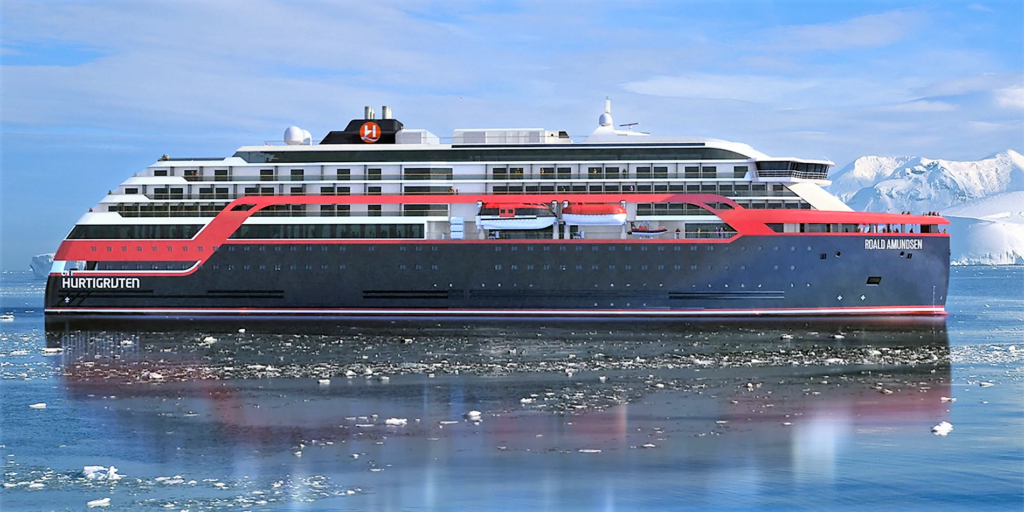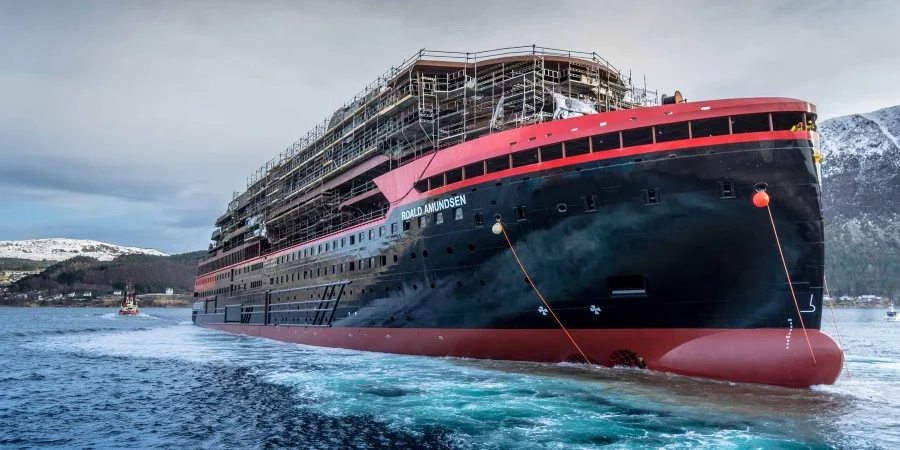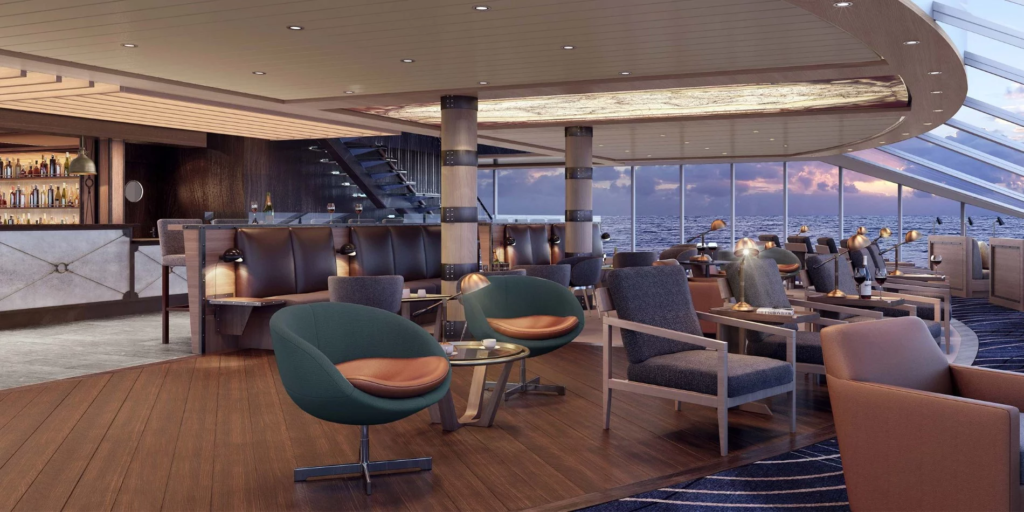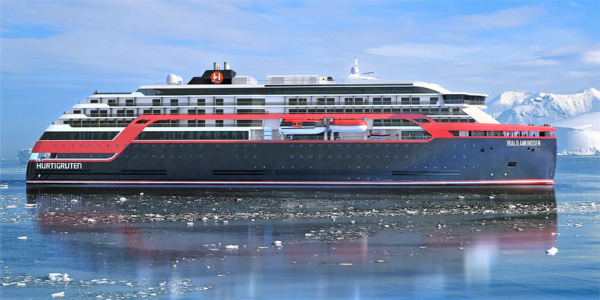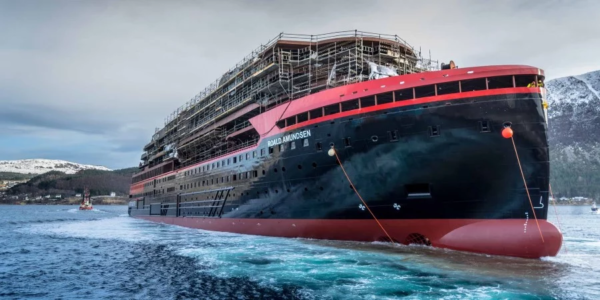Maiden Voyage
The Norwegian shipping line Hurtigruten has commissioned the construction of three cruise ships with hybrid technology. One of these ships is now ready: The MS Roald Amundsen will embark on its 14-day maiden voyage on 27 June on the classic postal route from Hamburg to Bergen. Hurtigruten, founded at the end of the 19th century as a postal shipping line, thereby combines the birth of this new propulsion generation with its own beginnings.
The MS Roald Amundsen was built in the Kleven shipyard in Ulsteinvik, Norway, and is the world’s first expedition ship with hybrid technology. The second hybrid ship, the MS Fridtjof Nansen, is scheduled for completion this year. With Roald Amundsen and Fridtjof Nansen two true pioneers of polar expeditions were chosen as namesakes.
Emission Reductions
The MS Roald Amundsen offers space for 530 passengers and is mainly to be used as an expedition ship in polar waters. It is 140 meters long, 24 meters wide and has a maximum speed of 15 knots. The new hybrid technology offers the possibility of driving completely emission-free and low-noise for 30 minutes at ecological sensitive locations thanks to electrical energy.
Hybrid technology is expected to reduce fuel consumption and CO² emissions by around 20 percent each. This means a saving of 3.000 tons of CO² per year. These savings are attributed to the following technological innovations:
1) A novel bow construction reduces the frictional resistance of water, which also requires less drive energy.
2) The batteries are recharged whenever the generators provide more energy than is necessary for ship operation.
3) The batteries serve as an energy reserve and replace the conventional onboard generator (powered by fuel).
If necessary, the batteries can, of course, also be charged at any port in a conventional way with electricity.
Further Developments
The MS Fridtjof Nansen will be equipped with larger batteries and a full hybrid engine. This new technology allows a purely electric drive over longer distances. According to Hurtigruten, the MS Roald Amundsen will then be upgraded with the new hybrid technology, which is why currently less than 20 percent of the possible space is intentionally occupied by rechargeable batteries. This empty space should then be equipped with more powerful batteries of the latest generation at the right time.
For Hurtigruten, the MS Roald Amundsen and the MS Fridtjof Nansen are the first milestones that will enable them to deploy only fully electric cruise ships in the Arctic and Antarctic at some point.
Other shipping companies have also discovered hybrid technology. The Norwegian carrier UECC (United European Car Carriers) has placed orders with China Shipbuilding and Jiangnan Shipyard for two partial electric transport ships for cars, which will operate in the North and Baltic Seas from 2021. The French company Ponant will also commission the first hybrid-electric icebreaker in 2021.
